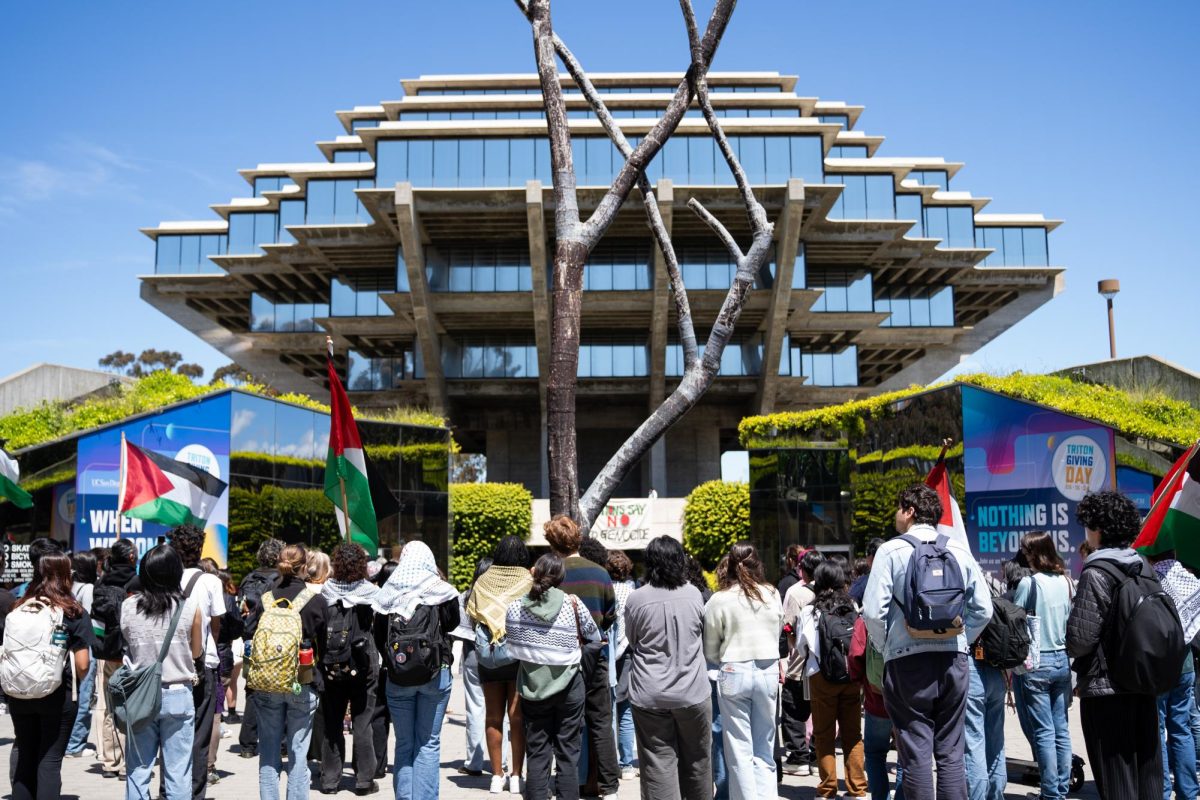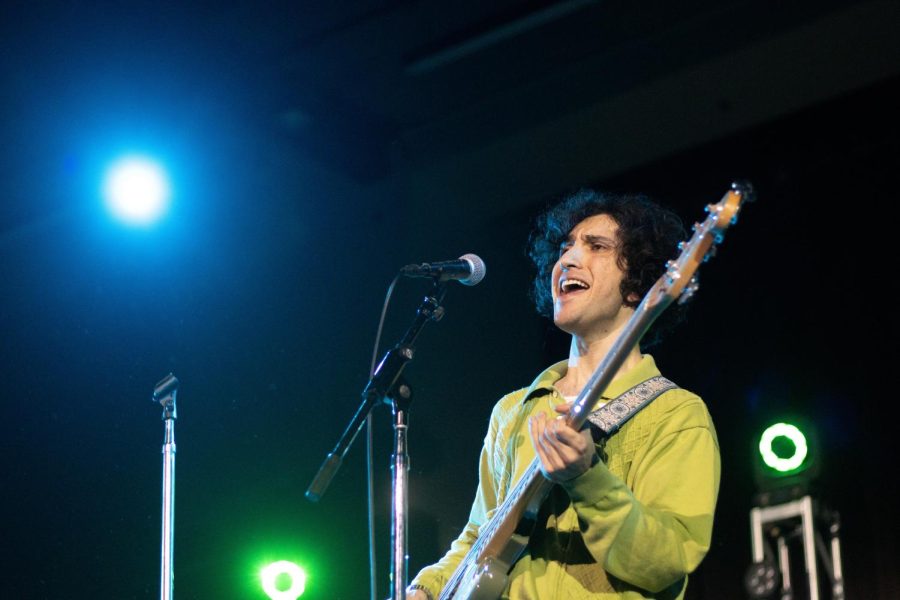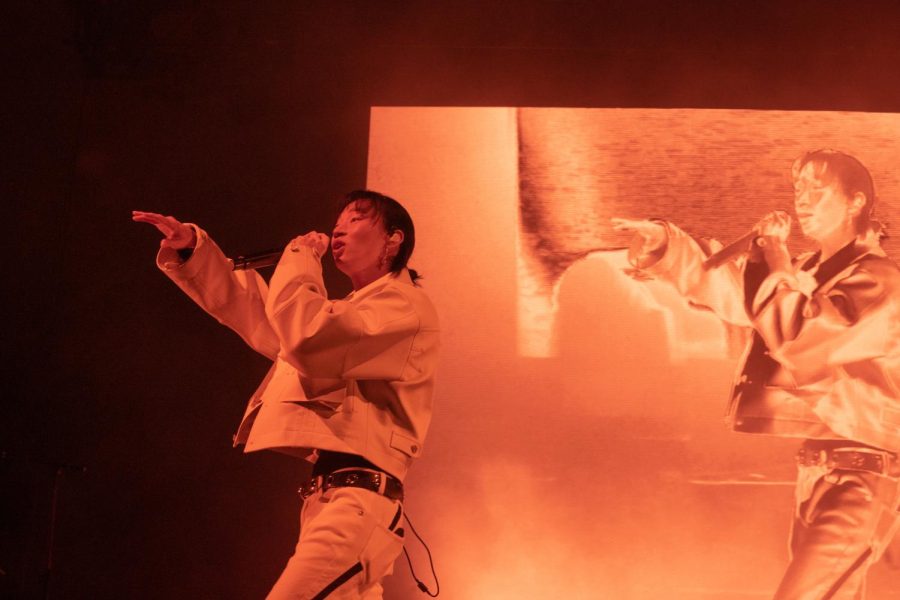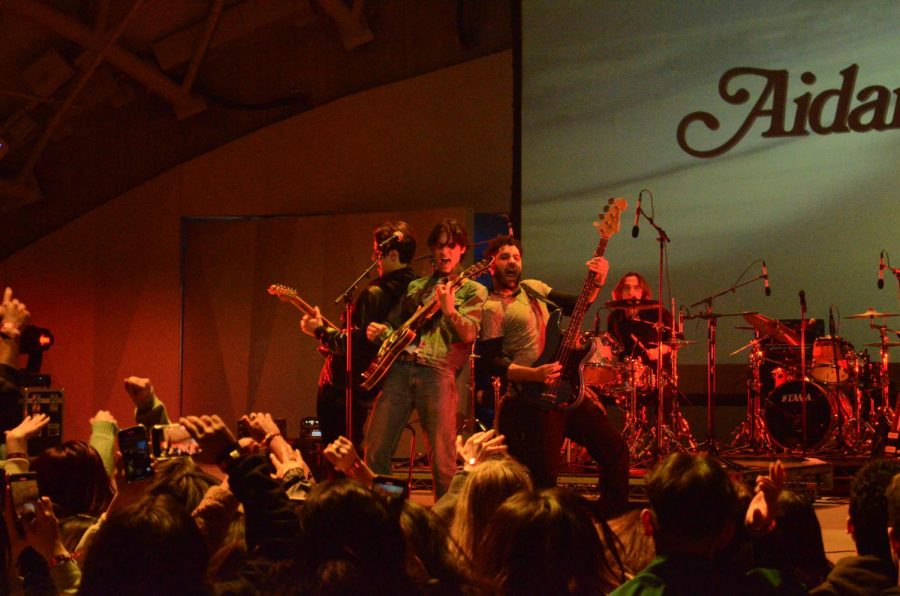Visual-arts professor Ricardo Dominguez is in a tight spot. His tenure at UCSD is currently in jeopardy, because — ironically — he was living up to his reasons for hire.
It all started with the Zapatista Army of National Liberation. Hailing from Chiapas — the southernmost state of Mexico — the Zapatistas are self-proclaimed libertarians who have been living in a declared state of war against Mexico since 1994, using nonviolent avenues like the Internet to spread their message.
As fate would have it, the Zapatistas and Dominguez have a few things in common. In fact, the professor partnered with the group in 1994, leading to his 1998 invention of an online activist tool called Virtual-Sit-In — a modern form of rebellion that, once used to spread rumors about the UC President Mark G. Yudof’s resignation, has raised the eyebrows of the UC higher-ups who might just fire him for it.
The Virtual-Sit-In technology — which allows protesters to flood and potentially take down a Web site — is only one of Dominguez’s peaceful weapons in social activism. Dominguez has started projects all over the country aimed at stirring up controversy in a modern, artistic manner.
Virtual-Sit-Ins use a HTML-based program to target a specific Web site by allowing individuals to sign up to participate. For each individual that joins the protest, the targeted Web site is forced to refresh, drawing in additional traffic, essentially clogging it and preventing use, just as if it were a real location filled with protesters in a real life sit-in. Similar programs, generated by specific programs or computers, can also target Web sites in such a manner, refreshing their servers and forcing, almost like a virus. Additionally, the technology Dominguez developed reveals the individuals participating in the demonstration, their reasons for the protest and how long it will last, giving it far more meaning.
“Electronic civil disobedience allows us to think about the question of art becoming a social manifestation, allows us to think about art allowing communities who do not have access to power to make themselves present, that allows the unbearable weight of human beings to put a stop to the crisis that is around us — especially the juicy crisis of education,” Dominguez said. “It allows us to see that art is an active space in public culture and that it cannot be disregarded.”
Dominguez employed a Virtual-Sit-In on the UC Office of the President Web site on March 4 to allow individuals to protest online for the Day of Action to Defend Public Education.
“On March 4, when about 400 of us and then some did the virtual sit-in, at the same time we had our real bodies protesting,” Warren College Senior — a student of Dominguez — Holly Eskew said. “We are reaching the time when we can compare our real bodies to our digital bodies and online environment.”
Dominguez joined the UCSD visual-arts department in 2005, hired specifically for his work in electronic civil disobedience, and has become involved with CalIT2, acting as director of the b.a.n.g. laboratory – an . Since then, he has used the internet as a means of displaying a number of art projects aimed at stirring discussion in the UC system.
In November 2009, Dominguez created a Web site, nearly identical to the current UC Office of the President Web site, with an announcement for a new “Zero Tuition” program to be employed by the UC system. The project was designed to stir discussion in the community. Several news outlets called in, believing the statement to be real, which the UCOP brushed aside. Soon after Dominguez created a mock Web site holding a resignation statement by Yudof, which also drew much attention and discussion over such an idea.
“Art is as important as science or engineering or philosophy,” Dominguez said. “Art is a space that allows us to expand the way that we can think of the future. This is a product not of activism, and not a product of politics, not a product of science — it is the outcome of artistic investigation.”
While much of Dominguez’s research centers around the Web, his full range of work utilizes nearly every artistic medium. Dominguez began his career in the arts in the early 1980s by studying classical theatre, later moving on to agitprop theatre — a type of politically-driven theatre performance drawn from the terms agitation and propaganda. But after a few years on stage, Dominguez again looked to the future of his field bringing him to his obsession with technology based art outlets.
“In the early 80s, I became interested in thinking about the future of theatre,” Dominguez said. “I began to theorize new forms of electronic theatre, and we wrote a series of books, one called “The Electronic Disturbance,” and another book called “Electronic Civil Disobedience.””
It was at this point that Dominguez moved to New York City to start the research that would lead him to his work with the Zapatistas, who had
“I started working with the Zapatistas in developing an intercontinental network of struggle and resistance,” Dominguez said. “We initiated the practice of electronic civil disobedience and electronic action in 1998, and there we did a series of performances for the Department of Defense, Congress and many other communities who responded to the issue of civil disobedience as an area of interest and dialogue.”
Since he was hired by UCSD in 2005, Dominguez has significantly expanded the forms of technology he involves in his art, as exhibited by his involvement in *particle group* — a group of artists, poets, new media artists and sound artists who are interested in (poetically) investigating the nature of toxicity in unregulated products that use nanotechnology — especially nanosilver.
Nanotechnology uses particles on the atomic scale that can often create new compounds which, may in turn, be toxic. One of *particle group*’s main projects is large equipment that acts as a “particle sniffer.”
“It allows you to walk through the installation, sniffs you and then tells you the level of toxicity is in your body because you’ve been using say Maybelline lipstick or transparent suntan lotion,” Dominguez said. “The response by the sniffer is a series of poetic scannings of your body. That’s the core vision of the *particle group*.”
Through the numerous projects Dominguez is involved with campus and nationwide, he holds that working in concert with his students and other artists is crucial.
“Collaboration is at the core of the perfomative matrix that I do with all the different groups I work with,” Dominguez said.
Eskew echoed that Dominguez’s attention and respect for with his students is truly an asset to the to the members of the visual arts departments.
“He is equally handed in the way that he gives to his students and his projects,” Eskew said. “He happens to be one of the most spectacular lecturers and the most giving caring professor I have ever come across.”







